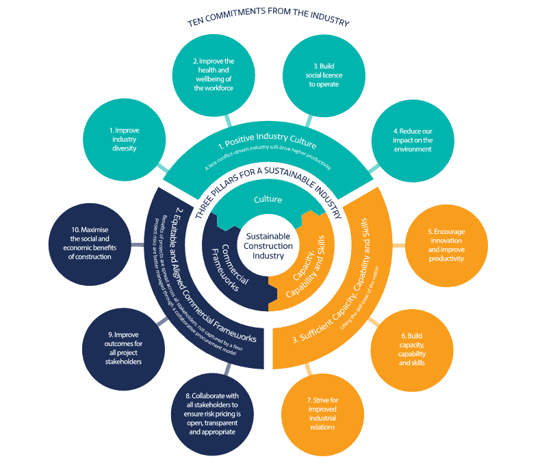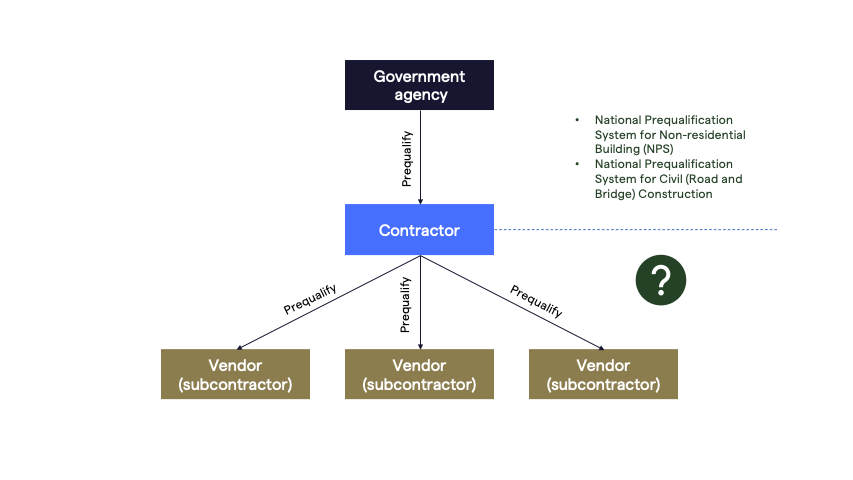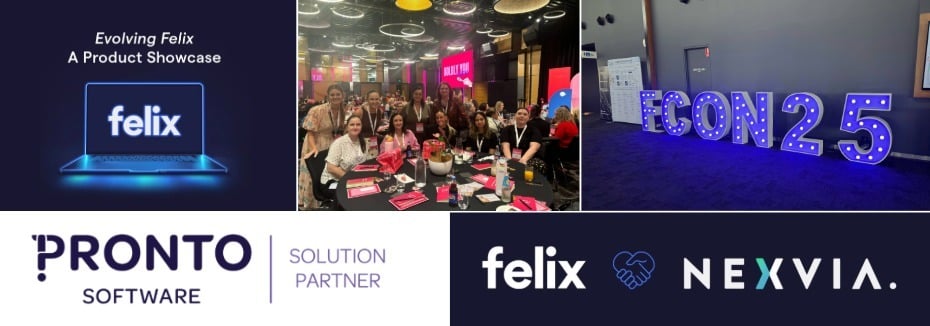Thinking of a standardised vendor prequalification framework? Now is the time

Low productivity and increasing tendering/procurement costs have traditionally been among factors driving downward pressures on margins, for both contractors and their supply chain. Moreover, legislative requirements around sustainable procurement are adding another kind of pressure.
“The system of subcontracting in Australia has some distinctive features and presents particular challenges.”
"The construction industry in Australia is very busy. However it is very difficult to make a profit and it is not sustainable."
The Health of the Australian Construction Industry Report
With the reliance on third-party vendors being here to stay, there are clear opportunities to improve the very first interaction that would lay a foundation for strong supply chain relationships. Previously, we have gone back to basics to discuss what prequalification is, this article discusses the wider industry landscape and the need for standardisation.
Current state of play
The biggest expense at many large organisations in construction, infrastructure, mining, and utilities can be subcontractors, with their subcontractor spend comparable to their direct personnel spend.
Yet, many still:
- Don’t fully understand their vendors (exposing themselves to risks)
- Don't have an efficient way to prequalify or manage relationships with their vendors (e.g. manual, paper based)
- Don’t give enough opportunities to smaller vendors / or struggle to meet social procurement targets (e.g. procuring from social enterprises, Indigenous owned)

Indeed, prequalification done well is recognised as an efficiency gain:
“Short-listing of contractors will benefit the industry by reducing the costs of preparation/submission of abortive tenders. The cost of tender preparation is a major component in any contractor’s head office cost and reducing this cost can only benefit the mine owners in the medium to long-term.”
Relationship Contracting in the Australian Minerals Industry
Taking it further, industry bodies in these sectors are also starting to realise the need for industry-wide accepted standards to procure, prequalify and manage third-party vendors:
“In some circumstances it is evident that purchasers with an established pre-qualification process are not leveraging it to its fullest potential, nor integrating some of the best practices of pre-qualification to make the process more effective. Furthermore, there is an opportunity for these parties with an established pre-qualification process to collaborate with each other to incorporate these best practices.”
The Australasian Railway Association (ARA)
|
It’s good that many are doing prequalification – whether to an efficient extent or not. But it can be much better if there are best practices incorporated, and some sort of standardisation to ensure harmony and reduce duplication. |
Stakeholder economy
“Only 20% of companies provided any information on the gender division of either their labour hire or contract workforce - only 10% provided data on their Indigenous labour hire and/or contractor workers.”
ACCR, 2020
The rise of the stakeholder economy, along with legislations around social and sustainable procurement targets, has put the spotlight on improving supply chain diversity, and raising the quality of vendors across the board.
Industry bodies such as the Australian Constructors Association (ACA) has echoed this in the nation-first Construction Industry Charter – which has “Improve industry diversity” and “Build social license to operate” among the commitments:
- “Where possible, we will prioritise procurement from local suppliers as well as social and Indigenous enterprise to maximise the economic and social benefits of the projects we construct.
- We commit to improving social outcomes through the engagement of social and Indigenous enterprises and will provide employment opportunities to those that have been displaced or are disadvantaged.”
 Source: ACA
Source: ACA
Similar priorities are also seen in the mining sector, as pointed out in a recent EY report that the number one risk for miners is license to operate.
Modern slavery
A topical issue over the past couple of years is modern slavery risk in supply chains with low visibility due to complex labour arrangements, e.g in the property and construction industries.
“A key initial focus of an effective response to modern slavery risks will be on consolidating supplier information held across the business or group and developing a human rights or modern slavery specific policy that can be cascaded through procurement and commercial practices.”
KPMG, 2020
|
Indeed, the first step towards sustainable procurement is asking your supply chain the necessary questions through the prequalification process. However, policies and public sentiments can evolve quickly and complex to navigate. Hence what those “necessary questions” are - may not be as obvious without a standardised prequalification framework that incorporates industry best practices. |
Government bodies & national prequalification schemes
Government agencies already have standardised prequalification systems to prequalify contractors to do government construction contracts.
Some examples include the National Prequalification System for Non-residential Building (NPS) and National Prequalification System for Civil (Road and Bridge) Construction.

The key features and benefits of these schemes are:
- Consistent and harmonised requirements
- Reduction of red tape, time and cost to apply for a prequalified status
- Reduction of admin burden for participating agencies
- The promotion of industry best practice
Now there’s no reason why something similar can’t be replicated for the next level down the supply chain, where contractors prequalify their subcontractors.
What does success look like?
Industry bodies such as ARA are recommending a standardised prequalification framework, so that organisations can engage the right vendors, do so in an efficient manner (not wasting time & resources), while raising the standards of everyone in the supply pool.
Standardised prequalification can take the shape of:
- A national or broad-based prequalification scheme where an independent certification/ industry body handles the vendor assessment and maintain a shared vendor database (e.g. New Zealand’s Tōtika scheme)
- A standardised prequalification toolkit where the purchasing organisation handles vendor assessment and maintain their own vendor database

Whatever form it takes, there are similar success factors:
- Vendor assessments are done at the early stages of the procurement cycle, rather than at the later stages where changes would be less practical
- Single source of truth, providing consolidated, accurate, up-to-date, and complete vendor information
- Vendors can reuse responses, thus allowing them more time to focus on providing the goods and services itself
- Periodic update and renewal to ensure data quality
Want to learn more about standardised prequalification? Check out our on-demand webinar on Vendor Optiqual® – a prequalification framework built on industry proven standards.
Recent Articles
2025 in review: Milestones, insights and achievements
2025 – a year of that brought meaningful developments for Felix as we continue to address the evolving needs of organisations navigating complex supply-chain environments.
Top 10 reasons for a centralised vendor database
As organisations grow, so does the complexity of managing vendor relationships. Many still rely on spreadsheets or siloed systems, which can lead to inefficiencies, data inconsistencies, and compliance risks. A centralised vendor database offers a smarter, more scalable solution that brings structure, visibility, and control to procurement operations.
Here are the top 10 reasons why centralising your vendor data is a strategic move.
Five ways poor contract storage could be costing your organisation money
Contracts are the backbone of every business relationship – legally binding documents that define expectations, responsibilities, and value.
But what if the way your organisation stores those contracts is quietly costing you money?
Let's stay in touch
Get the monthly dose of supply chain, procurement and technology insights with the Felix newsletter.






